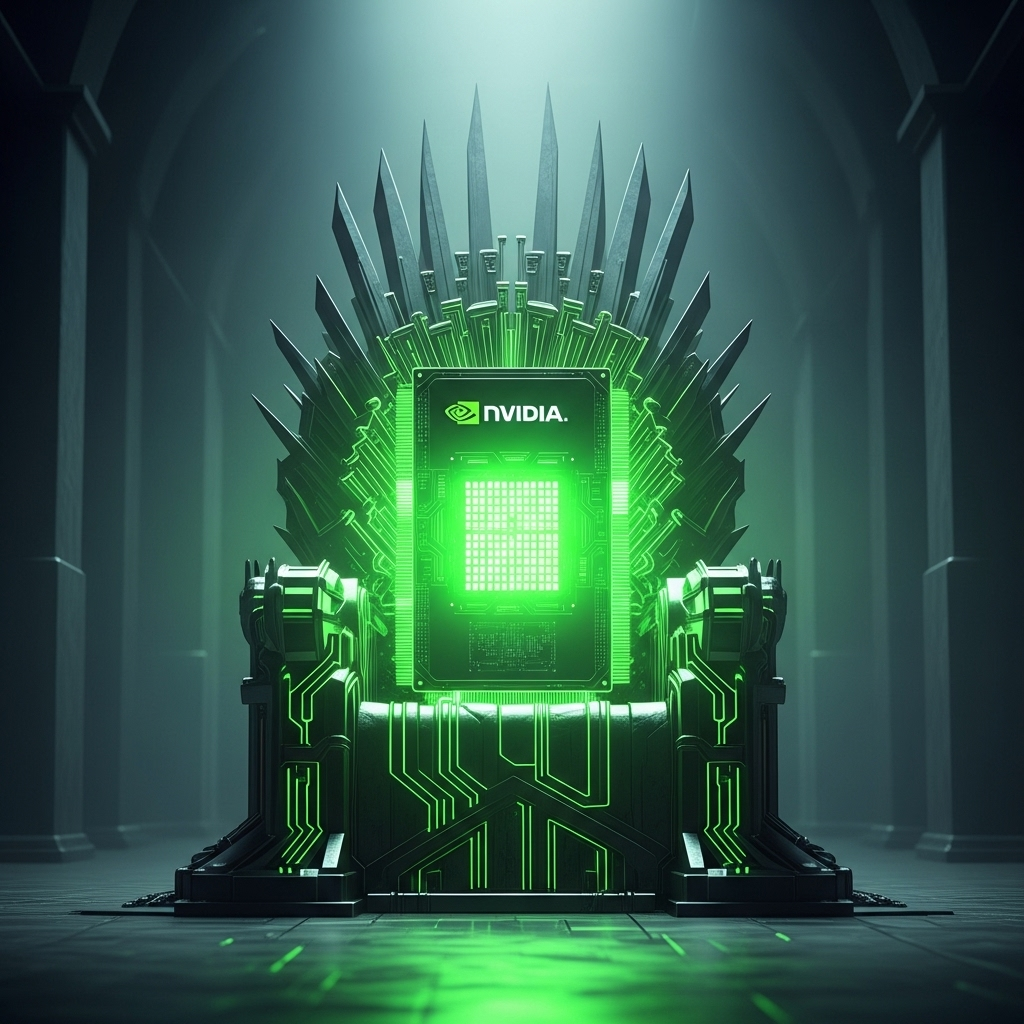In a landmark shift that reverberates across the technology and financial worlds, NVIDIA has officially surpassed Microsoft and Apple to become the world’s most valuable company. The milestone isn’t just a number on a stock ticker; it’s the culmination of a decades-long strategy that positioned the one-time graphics card company as the single most critical hardware provider for the artificial intelligence revolution. But how did they do it? The answer lies in a combination of powerful hardware and a brilliant software “moat.”
The Hardware: The “Gold Standard” of AI Chips
At the heart of NVIDIA’s dominance are its data center GPUs, specifically the H100 and the newer H200 “Hopper” architecture chips. These aren’t the GeForce cards gamers have in their PCs; they are specialized computational powerhouses designed for one purpose: processing the massive parallel calculations required to train large language models (LLMs) like those that power ChatGPT, Claude, and Gemini. Their ability to handle these AI workloads with unparalleled efficiency has made them the undisputed “gold standard” for every major tech company building out AI infrastructure.
The Secret Weapon: The CUDA Software Ecosystem
While the hardware is powerful, NVIDIA’s true, enduring advantage is its software platform: CUDA (Compute Unified Device Architecture). Launched over 15 years ago, CUDA is a programming model that allows developers to unlock the massive parallel processing power of NVIDIA GPUs for general-purpose computing, not just graphics.
By investing billions in developing and supporting the CUDA ecosystem for years, NVIDIA gave researchers and developers the tools, libraries, and language they needed to build the first AI models. This created a deep and powerful “moat” around their business. Even if a competitor like AMD builds a comparable chip, developers would have to completely rewrite their software and retrain their models to work on a different platform, an incredibly costly and time-consuming process. Nearly the entire AI industry is built on top of CUDA, making NVIDIA’s hardware the default choice.
Why Now? The Generative AI Boom
While NVIDIA has been a leader in PC graphics for decades, its recent meteoric rise is directly tied to the explosive boom in generative AI. The launch and subsequent public fascination with advanced AI have triggered an unprecedented global arms race among tech giants to build out their AI capabilities. Every major cloud provider and AI lab needs thousands, or even tens of thousands, of NVIDIA’s data center GPUs to stay competitive, leading to soaring demand and a stock price that has reflected this critical role.
Conclusion: An Empire Built on Foresight
NVIDIA’s position as the world’s most valuable company is not an overnight success. It is the result of a long-term strategic bet on GPU-based computing, fortified by the creation of an indispensable software ecosystem. By providing both the foundational hardware and the language to program it, NVIDIA ensured that when the AI revolution finally arrived, all roads would lead back to them.

